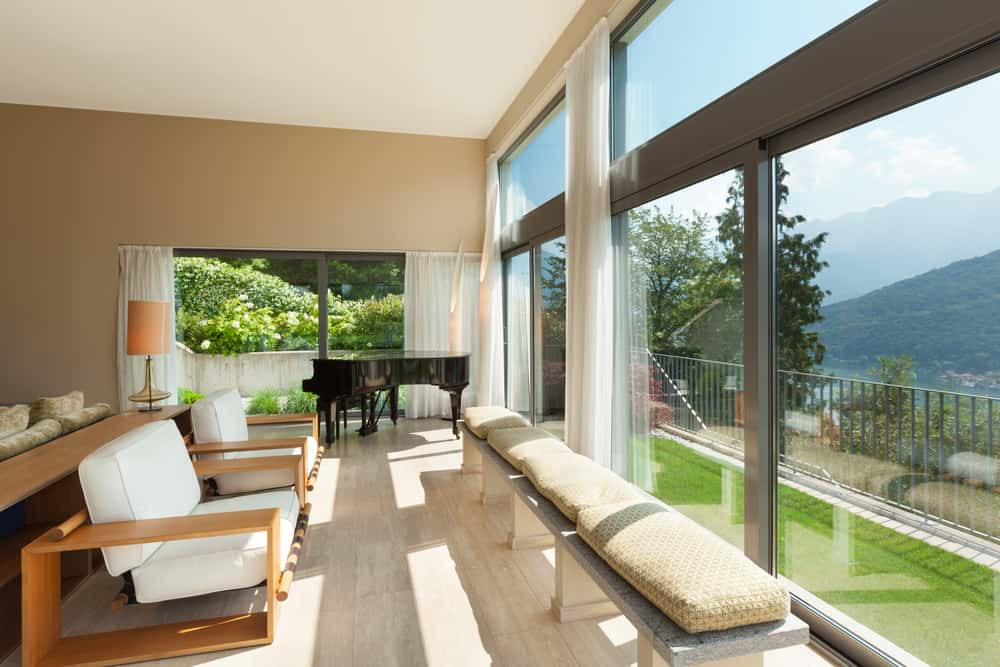Doors and windows not only affect the overall look of a house but also influence its power efficiency and privacy situation. While designing a home structurally, it is important to choose the right types of glazing for your doors and windows.
After all, windows and doors bring in sunlight, provide ventilation, and regulate the entry of pollution inside the house. With technological advancements, new window designs have come up, with glazing, especially with the different types of glazing available, that can change the look and feel of a house.
If you make the right glazing choice, you can improve the ventilation of the house and also save energy. Here, we will discuss the types of glazed windows and doors that provide high performance and reduce heat and air transfer.
But first, let’s clarify what glazing means and why it is beneficial.

What do we mean by glazing?
The word “glazing” comes from glass and refers to a window or wall made of glass. It may also denote the process of cutting, installing, and removing glass panes.
Traditionally, glazing can be fitted over doors and window frames by mounting it into a recess with support or putty on glazing points. Glazing is typically done over frames made of wood, aluminium, or PVC for the best results.
For laminated or toughened glass structures, the panes can be attached directly to the metal frame through drilled holes.
There can be different window and door glazing types. Double-glazed and triple-glazed windows are considered the ideal choices for homes as they have several advantages.
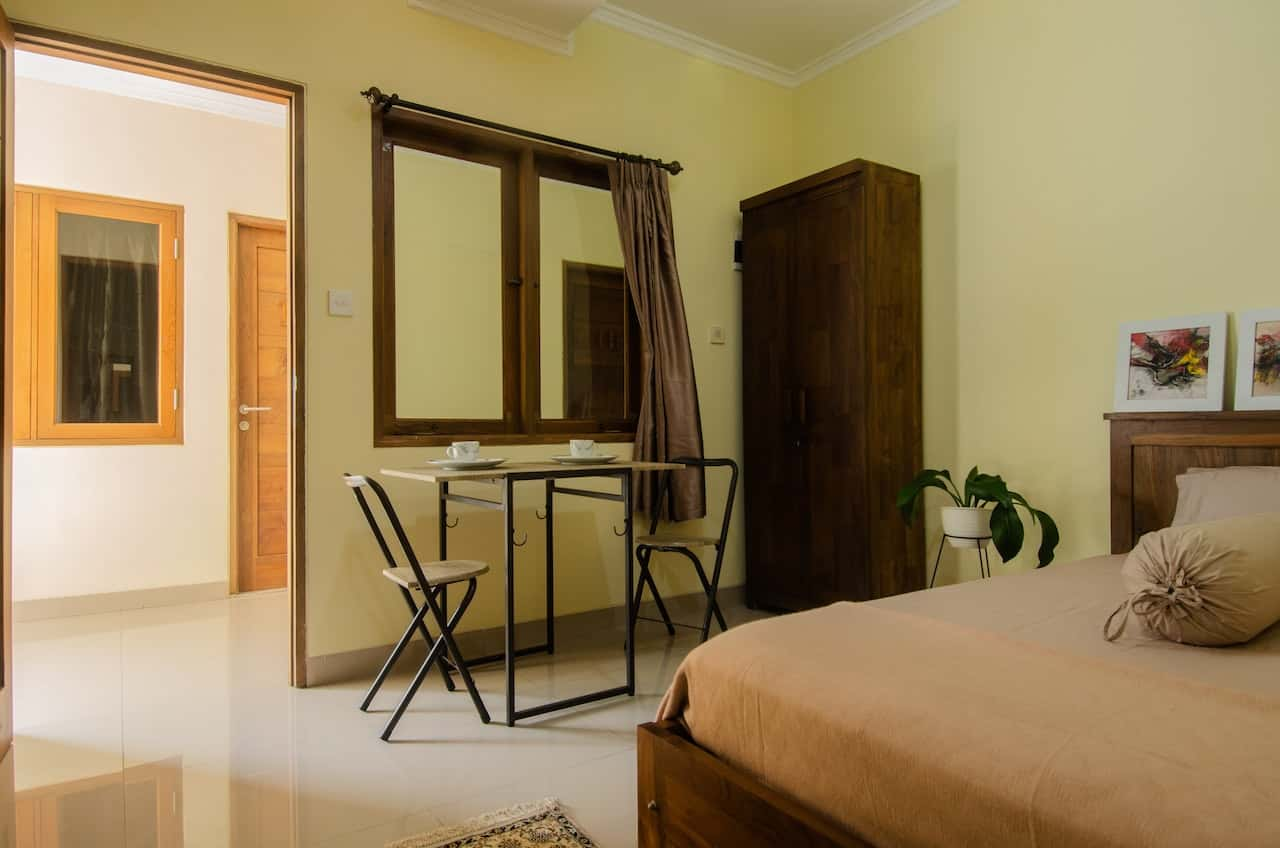
Safer Option
Double-glazing windows are strong and cannot be broken easily. Hence, they are a safe option for break-ins and accident risks. They can also protect the residents from harsh weather conditions and the effects of a natural disaster.
Soundproof Feature
Double and triple-glazed windows are thick and sturdy, which makes them resistant to noise travel. For houses located in busy streets, commercial areas, or near airports and railway stations, the right choice is double-glazed windows glass only.
Reduced Energy Consumption
Glazing can be insulated, which helps lower the chances of air leakage and heat transmission. This helps to keep the house cool in summer and warm in winter. Hence, residents tend to use air conditioners, fans, and heaters less. This way, you can conserve electricity and save money with double and triple glazing.
More Durability
Most glazing materials are highly durable, like float glass, tempered glass, safety glass, etc. It is beneficial for homes with children or in windy and rainy areas.
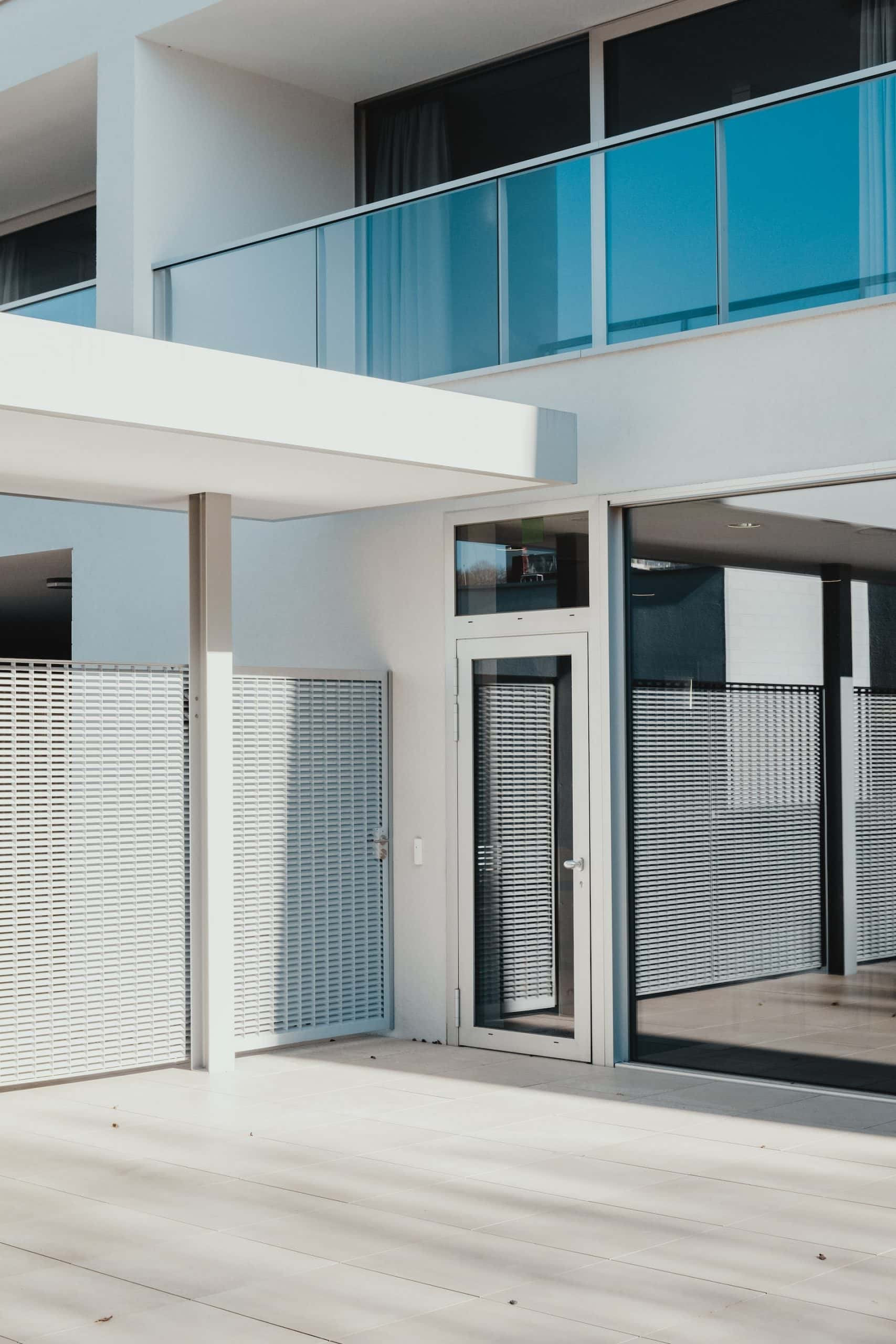
Versatile in Designs
There are different types of structural glazing in several design options available in the market. They can be of varied colours, tones, and styles. Thus, apart from durability and energy efficiency, you get an aesthetically pleasing finish to your doors and windows.
Types of Glazing
When it comes to the different types of glazing available, glazing can be either single glass, double glass, or triple glass.
Single Glazing
Single glazing consists of one glass layer on the window. This type of glazing allows more heat and light transmission. It is preferred by people who like natural light entering the house at all times, but it is not very energy efficient.
Double-Glazing
Double-glazing is a type of glazing that incorporates two glass panes for better insulation and noise reduction. There is a gap between the two glass panes, which provides protection from heat loss. There can be many types of double-glazing glass.
Triple-Glazing
Triple-glazed glass windows are the most energy efficient as they have three glass panes. This type of glazing provides maximum insulation compared to the other two variants. Triple glass glazed windows are highly suitable for large window panes and French window styles. You can also make internal doors with obscure glass through triple glazing.

Glazing Categories
After glazing types, we come to glazing categories. Some popular glazing categories are as follows:
Float Glass
Float glass is made from floating molten glass with raw materials like sand, dolomite, limestone, etc. The melted glass is poured on a bed of molten metal and then cooled slowly. Float glass is used to design modern, strong windows and doors.
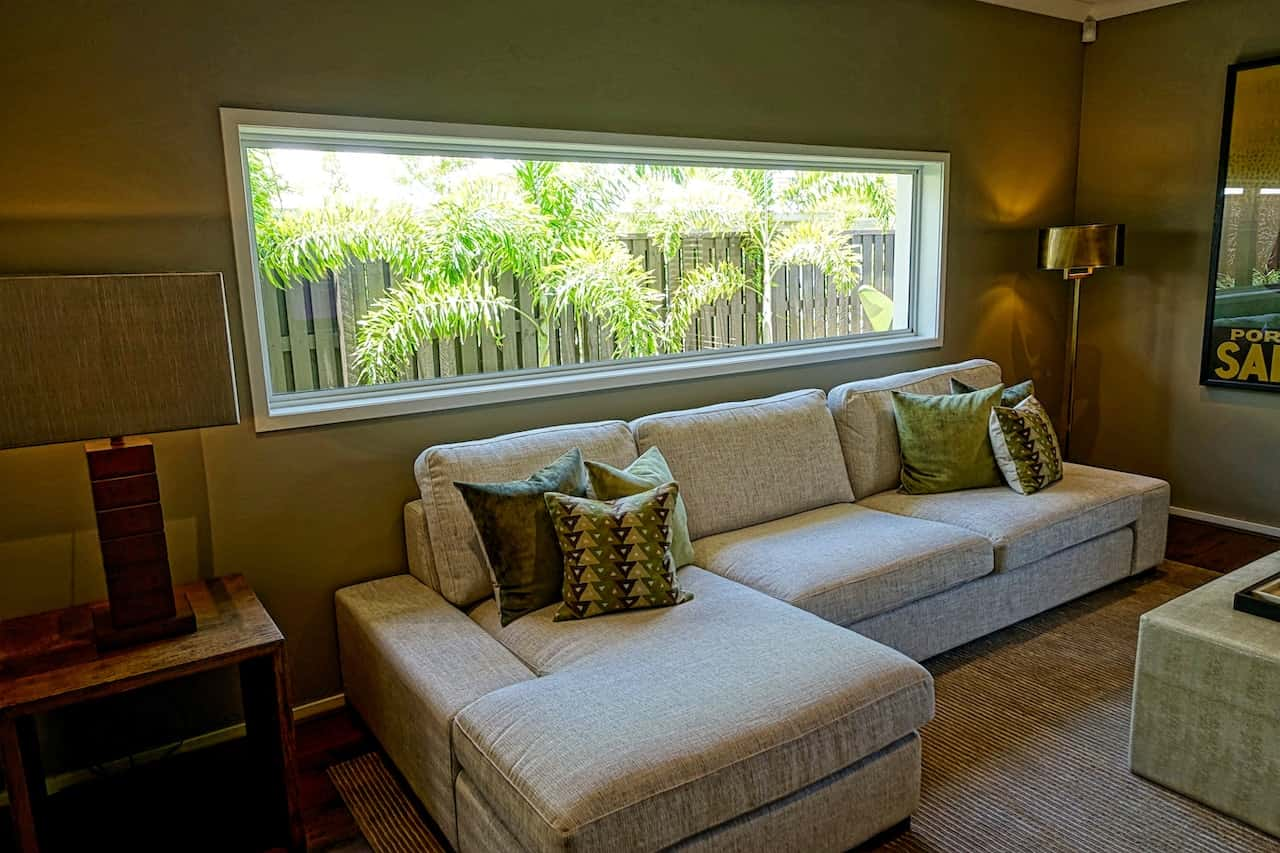
Laminated Glass
Many types of double glazed windows can be made of laminated glass. This type of glazing is made by glass layers held together by a polymer layer. The interlayers of polymer prevent the glass from breaking under heat and pressure. Materials like windshields, skylights, cabinets, and aquariums are made of laminated glass.
Low Emissivity Glass
Low E glass has a specific coating on the glass surfaces to lower the emissivity rate. Thus, it helps control heat loss and is best for houses in extremely cool or hot climates. Low E glazing windows save a lot of heating and cooling costs, making them a highly energy-efficient choice.
Tempered Glass
This is a type of toughened glazing produced through chemical treatments or heat. Tempered glass is much stronger than normal glass and is safe even if broken, as it doesn’t have sharp edges. Bathroom doors, phone screen guards, aquariums, car windows, etc., are made of tempered glass.

Conclusion
Glazing makes the doors and windows stronger and protects against external elements. For your home living room, bedroom, and kitchen, you can install durable and attractive glazing windows and doors for a sleek look.
If you’re confused about which material and glazing type to choose and which design will look best in your home, consult experts at HomeLane for insights and help.
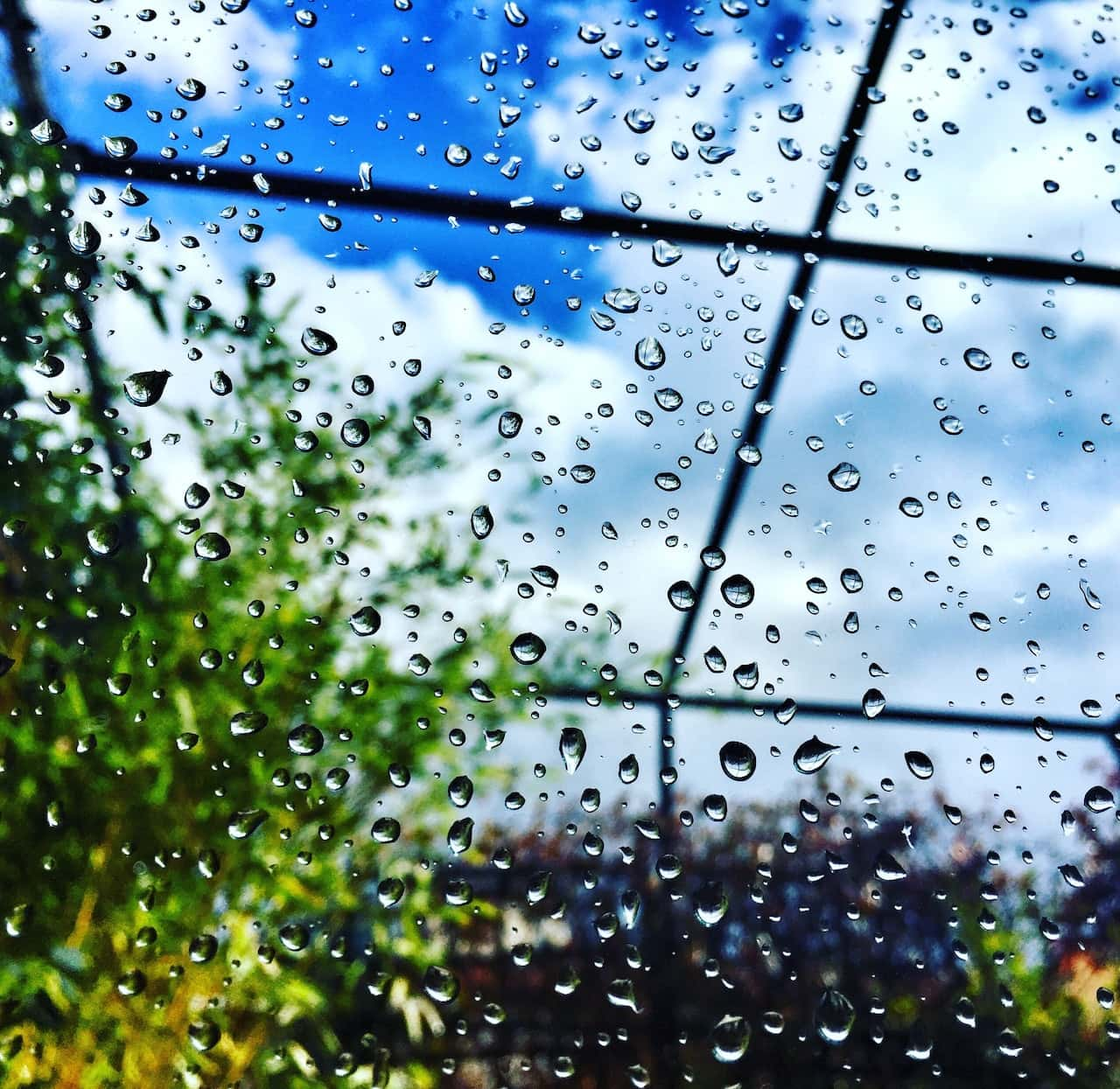
FAQs
1. What are the different types of glass glazing?
Glass glazing can be of different types, like single glass glazing, double glass glazing, and triple glass glazing. They are made of materials like obscure glass, float glass, tempered glass, laminated glass, tinted glass, mirrored glass, low-E glass, etc.
2. Where to use glazing in the house interior?
Glazing can be used in doors, windows, wall partitions, furniture, flooring, ceiling design, balcony and bathroom windows, lighting fixtures, and so on.

